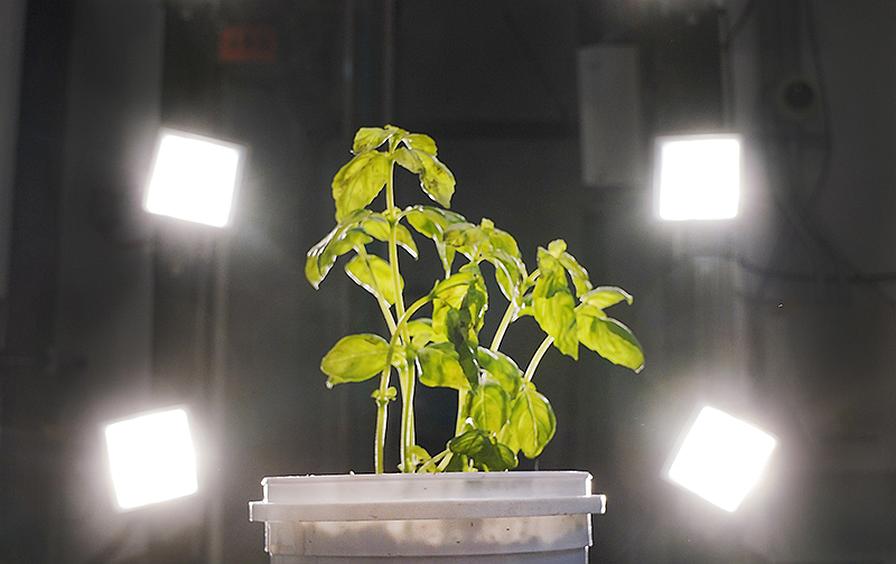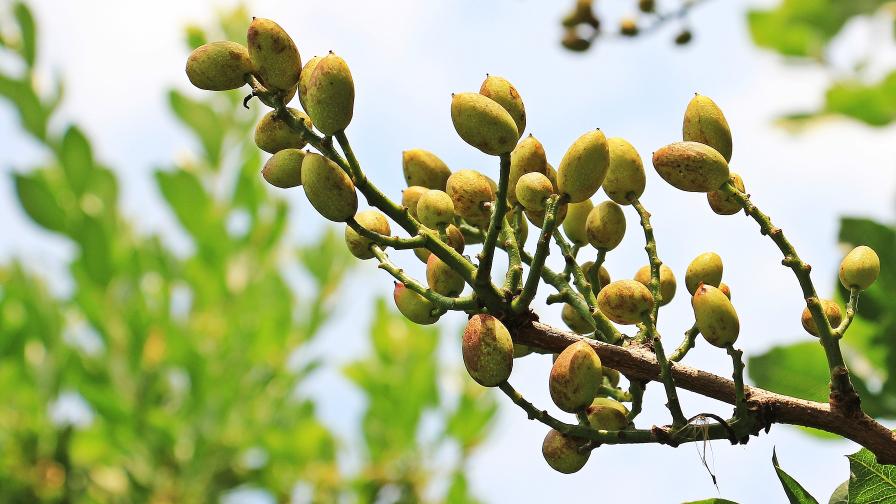Leafy Greens That Turn Purple? They Might Be Contaminated

A basil plant takes a turn in the hyperspectral imaging tool at Purdue’s Ag Alumni Seed Phenotyping Facility.
Photo by Tom Campbell
Some might say you look a little green when you are sick. Leafy greens actually turn purple — although not obvious to the human eye, it can be seen through advanced hyperspectral imaging (different than purple varieties of some vegetables). Purdue University researchers discovered this color change in kale and basil stressed by cadmium, a heavy metal toxic to human and animal health.
The new detection method advances work to create a soil amendment that binds to the metal and keeps it from the plants, improving food safety in produce, baby food, and prepared meals.
“It is very difficult to see heavy metal stress in plants,” says Lori Hoagland, Professor of Horticulture and Landscape Architecture at Purdue University, who led the research. “We need new tools for it. If we can quickly see it and accurately measure it as the plants grow, we will be better able to develop soil amendments that sequester the harmful metals, as well as identify contamination before it reaches our plates. Our goal is to be able to have drones that fly over fields and detect plant stress from cadmium, lead and arsenic.”
Hyperspectral detection is much faster than traditional chemical analysis techniques. It also does not require destruction of the plant being analyzed, which enables studies of the plants and soil amendments through different stages of plant development.
“Cadmium contamination of plants is known as a ‘silent killer’ because we can’t see it and don’t typically test for it,” adds Hoagland. “The plants do suffer when exposed to high levels of cadmium, but they don’t shrivel and wilt or die. They appear fine, unless the cadmium levels are through the roof. Contaminated plants make it through to maturity and harvesting.”
For more, continue reading at Purdue.edu.









